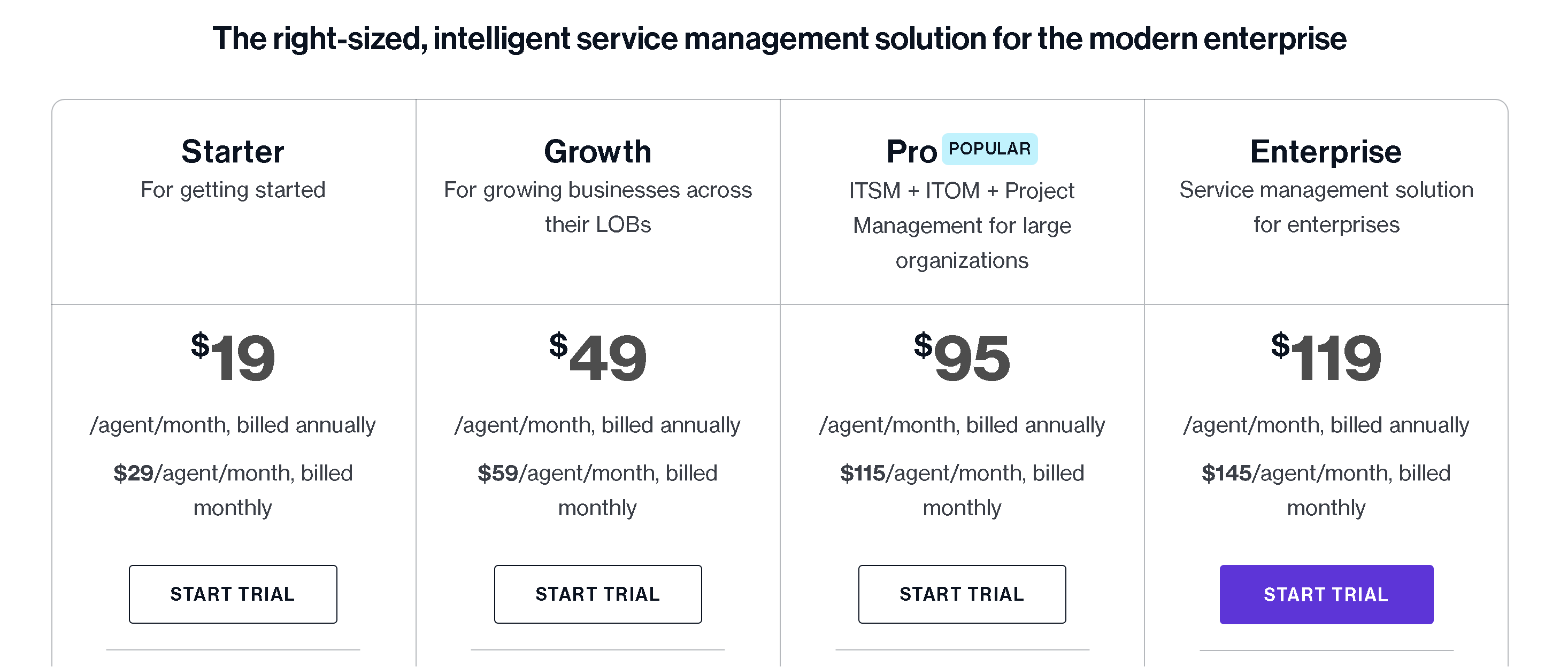We are thrilled to announce that Code Llama foundation models, created by Meta, are now accessible to customers via Amazon SageMaker JumpStart for easy deployment with just one click for inference tasks. Code Llama is an advanced large language model (LLM) that can generate code and natural language related to code from code and natural language prompts. You can test out this model using SageMaker JumpStart, a machine learning (ML) hub that gives you access to algorithms, models, and ML solutions to quickly kickstart your ML projects.
To discover and deploy the Code Llama model through SageMaker JumpStart, follow these steps:
Code Llama is a cutting-edge model developed by Meta, built on top of Llama 2. This model is designed to enhance developer productivity by assisting in the creation of high-quality, well-documented code. It excels in languages like Python, C++, Java, PHP, C#, TypeScript, and Bash, offering the potential to save time and streamline software development workflows. There are three variants of Code Llama available: the foundational model (Code Llama), a Python specialized model (Code Llama Python), and an instruction-following model for interpreting natural language instructions (Code Llama Instruct). These variants come in four sizes: 7B, 13B, 34B, and 70B parameters, catering to a wide range of applications.
The models were trained on a vast amount of code data, with the Python specialized version trained on an additional 100 billion tokens. Code Llama models deliver consistent results with up to 100,000 tokens of context. They are trained on sequences of 16,000 tokens and show enhancements on inputs with up to 100,000 tokens. The models are available under the same community license as Llama 2.
SageMaker JumpStart offers access to a variety of models from popular model hubs like Hugging Face, PyTorch Hub, and TensorFlow Hub, allowing you to integrate these models into your ML workflow in SageMaker. Foundation models, trained on billions of parameters, are adaptable to various use cases such as text summarization, digital art generation, and language translation. Customers can leverage pre-trained foundation models and fine-tune them as needed, avoiding the costly process of training these models from scratch. SageMaker provides a curated selection of models in the SageMaker console for easy access.
To deploy the Code Llama 70B model in Amazon SageMaker Studio, follow these steps:
1. Navigate to the SageMaker Studio home page and select JumpStart.
2. Search for Code Llama models and choose the Code Llama 70B model from the list.
3. Review the model details on the Code Llama 70B model card.
4. Customize the endpoint settings or use the default options.
5. Accept the End User License Agreement (EULA) and deploy the model.
Alternatively, you can deploy the model using the SageMaker Python SDK by following the instructions provided in the example notebook within the model detail page of Classic Studio. The notebook offers step-by-step guidance on deploying the model for inference and managing resources effectively.
After deploying the endpoint, you can perform inference using Boto3 or the SageMaker Python SDK. The Code Llama model supports various parameters for inference tasks, allowing you to customize the output based on your requirements. Additionally, you can utilize code completion and code generation features of Code Llama to streamline your coding tasks effectively.
In conclusion, the Code Llama foundation models available in Amazon SageMaker JumpStart offer a powerful and efficient solution for code generation and natural language processing tasks. With easy deployment options and customizable parameters, developers can enhance their productivity and streamline their software development workflows using these advanced models.
Source link






















